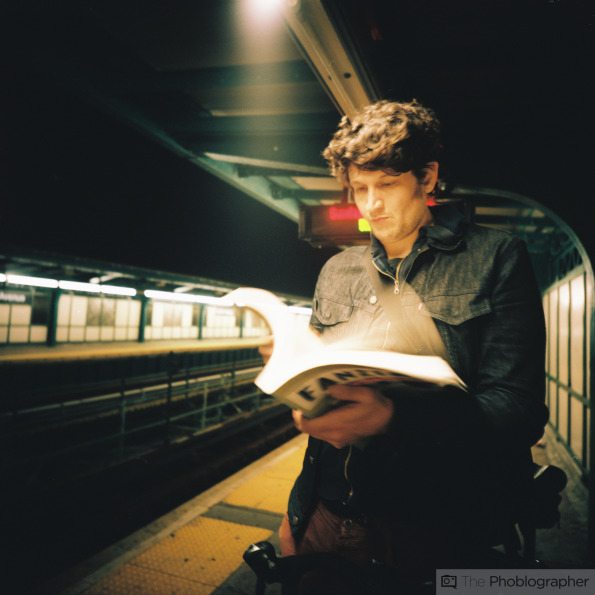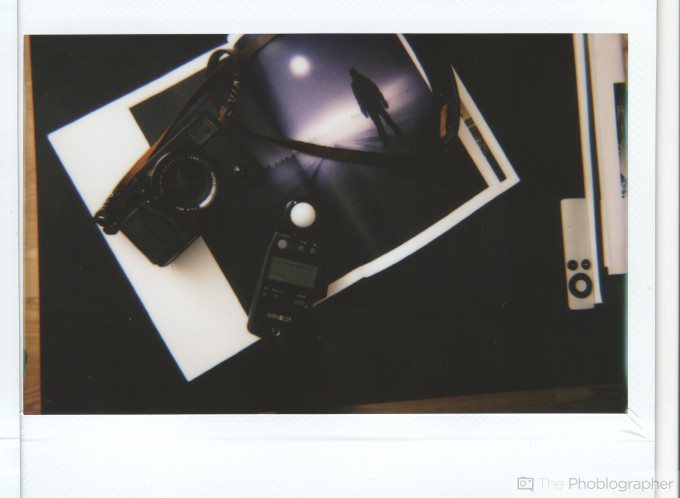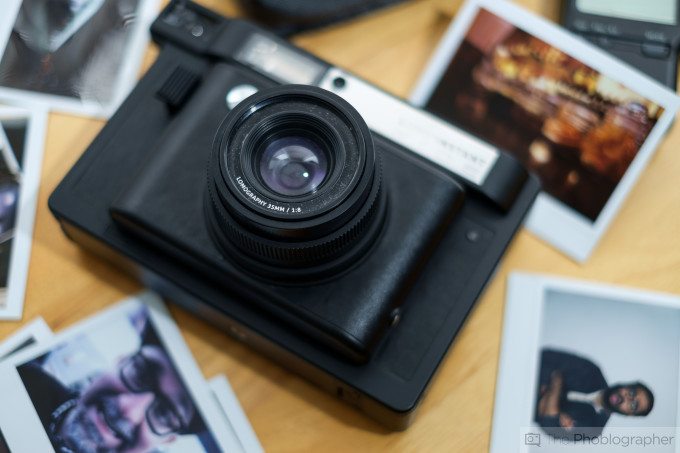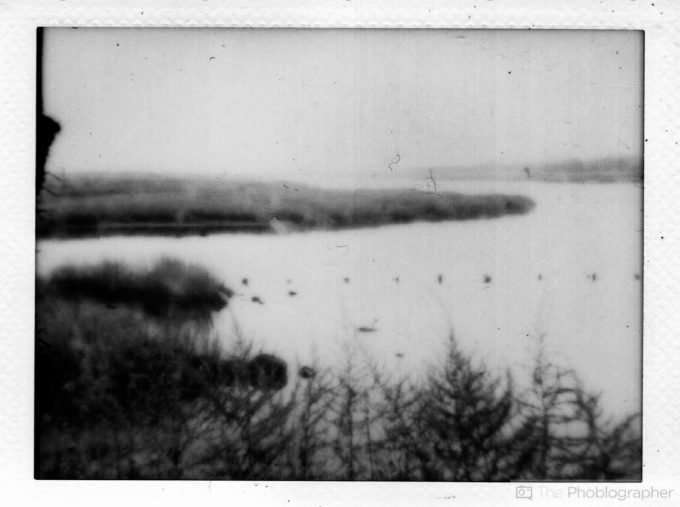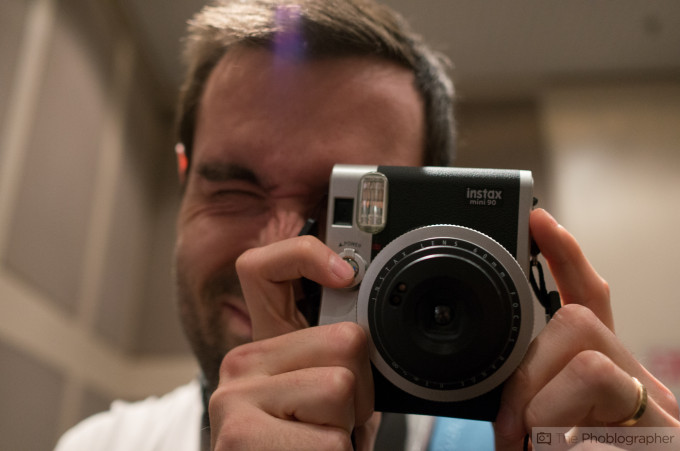LoFi cameras remove all the crazy, super technical things about pixel peeping and dynamic range to instead have the user focus on just creating an image that they’re really happy with. It often isn’t about much more than documenting a moment of fun. In some ways, these cameras give you limitations that will really appeal to only two major schools of photographers: complete beginners and complete masters. Those in between may become frustrated; but once you master what these cameras are capable of, you’ll be seriously surprised.
A Tool for Both Masters and Padawans
As we stated earlier, Lo-Fi cameras are often seen producing work by two types of people: completely artistic masters or people that love and embrace their toy-like aesthetics. The reasons for this has to do with the fact that these two types of shooters truly understand that creative vision (or in the case of beginners, fun) comes first before anything else. No, none of this is hipster aesthetic speak–it’s the seriously brutal truth.
What you eventually learn to do is work within limitations and see the types of images that you’re capable of creating with the cameras. Not all of them have super crazy limitations either. Some have exposure control like the Diana F+, Instax Mini 90, Instax Wide 300, etc.
Others really have interesting mechanics about them: for example the really old Lomography La Sardina has a fixed shutter speed and a fixed aperture setting. Your ISO is locked in and the only variable you can have is flash output if you get the flash. You can also do multiple exposures and bulb mode–in this way they work much different from the more typical cameras out there that you’re all used to.
Understanding Capabilities
To get the most of these cameras, you’ll often need to really get at what they’re capable of doing. Unfortunately, many of the companies that market these cameras show sample photos that appeal to a very specific demographic and don’t show off the absolute fullest capabilities. This is a big problem that ultimately ends up limiting the creativity of the end user just to feed the machine.
To be very candid, it’s complete bullshit.
If you start to work with medium format, large format and alternative formats of photography you start to understand what these lo-fi and toy cameras can truly do. Many of them are best used with a flash, in bulb mode, with instant film, etc. Sometimes they can be unpredictable, but other times they’re pretty spot on once you understand what they can do. Admittedly, that can take some time.
The truth about it all is that you don’t need to cross process anything to make something look good or artsy. You just need to know how to make the scene and the camera work in a specific situation.
So what do many of the better photographers use these cameras for?
- Portraiture
- Landscapes
- Seascapes
- Pinhole work
- Parties
- Weddings
These cameras are much less about the super rigid serious nature and much more about making your brain work in a different way.
Consider it an exercise.
Specific Exposure Tricks
Exposure Compensation: Telling the light meter to be brighter or darker. Some cameras even have certain controls over the exposure settings like shutter speed, aperture controls, and flash compensation.
Flash Diffusion: Sometimes the best thing to do is to put a piece of tape on the front of your flash. No really, it’s just that simple.
Recommended Cameras
Lomography LCA series: All of these cameras have glass lenses and a meter built into the cameras. My favorite is the LCA 120, which shoots 6×6 images and quite honestly has a bad ass light meter. It’s the ultimate modern street photography camera in my opinion
Mint TL-70 series: This TLR camera spits out Instax Mini film. Plus you’ve got a bit of exposure control.
Mini SLR70m: Imagine the SX-70 but with manual control options.
Fujifilm Instax Mini 90: One of my favorite things about the Mini 90 is that it has exposure compensation on different levels and you can force the flash to be off. Plus it has multiple exposure mode.
Lomography Diana F+: This camera is honestly my favorite on the list. It has various aperture controls that correspond to shooting situations and is pretty simple to use overall.
Lomography Lomo’Instant Wide: The Wide has a fixed shutter speed setting, can work with studio strobes, is well built, and has a remote control built into the lens cap. How cool is that?



